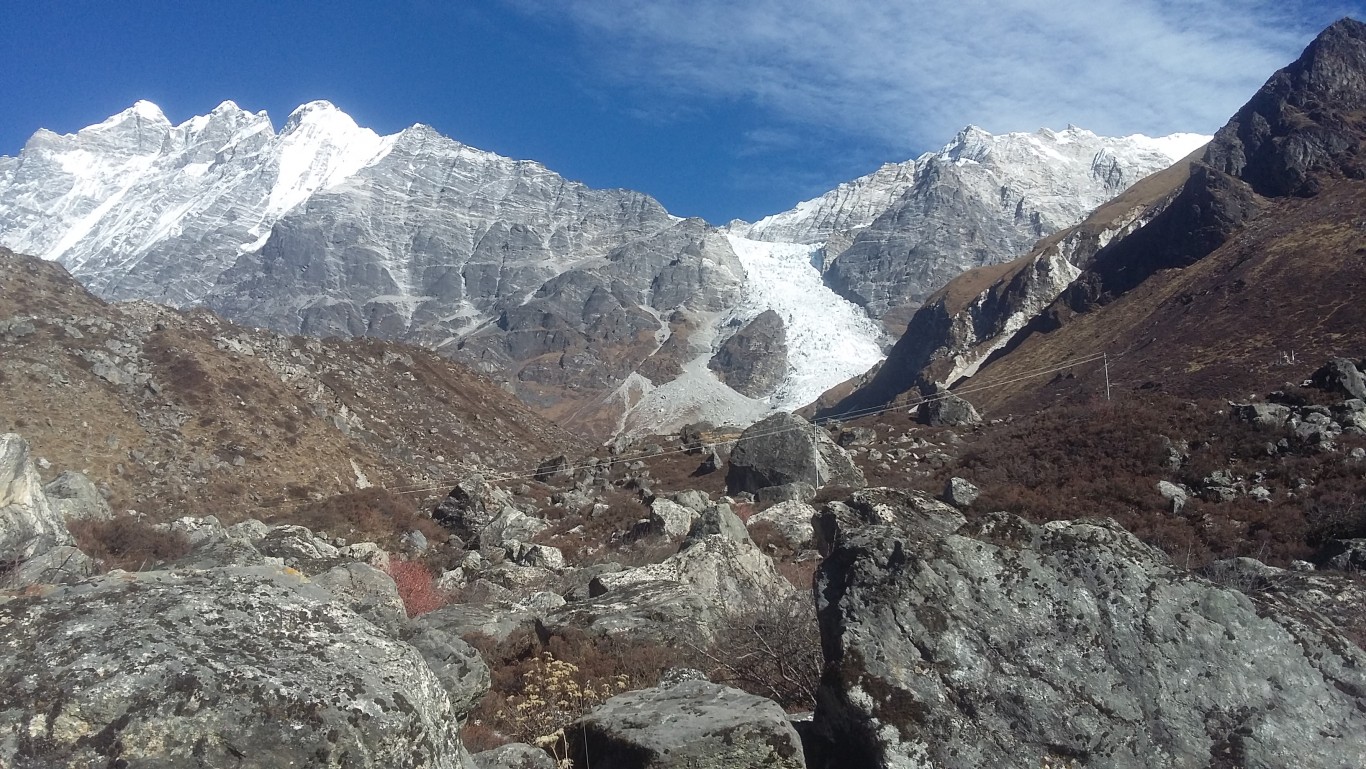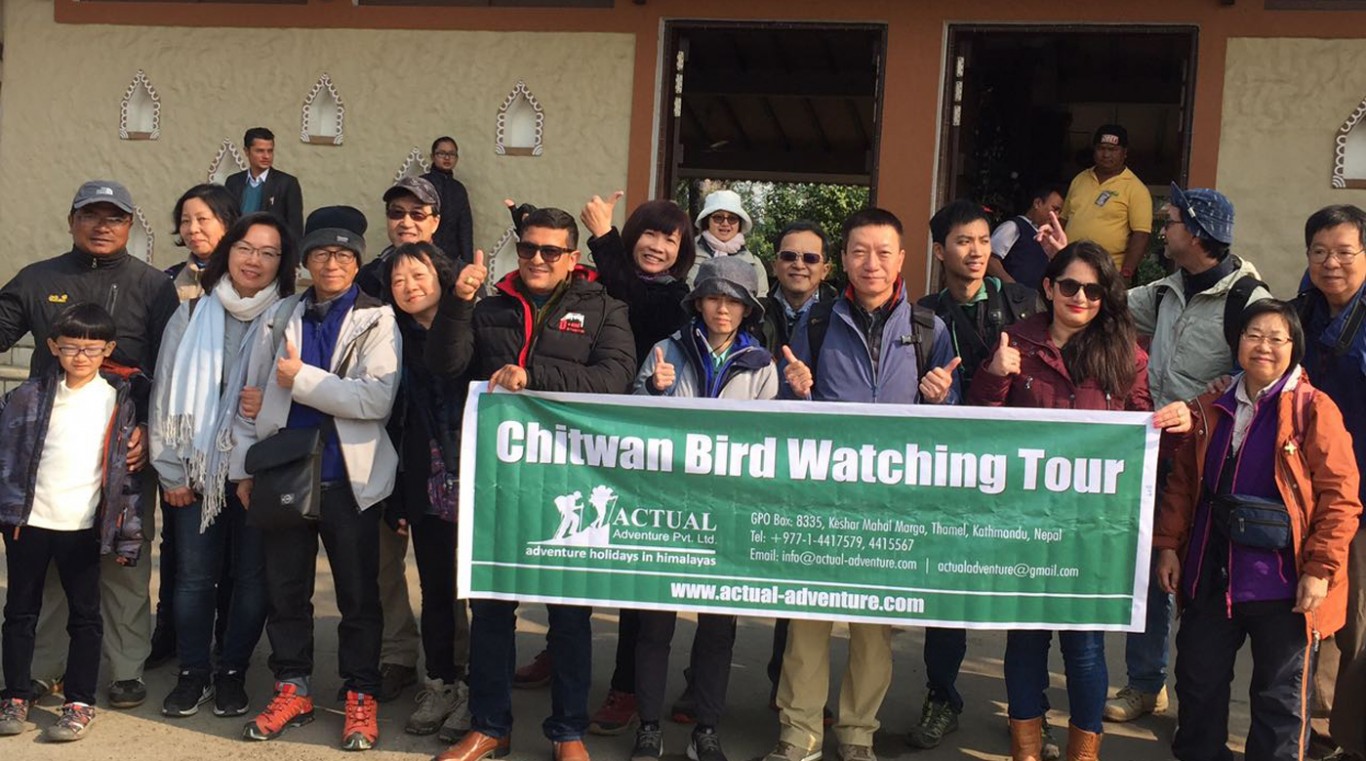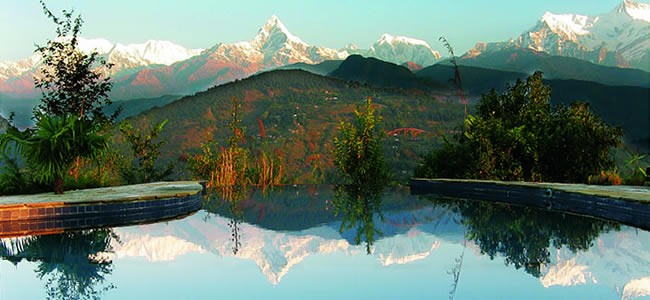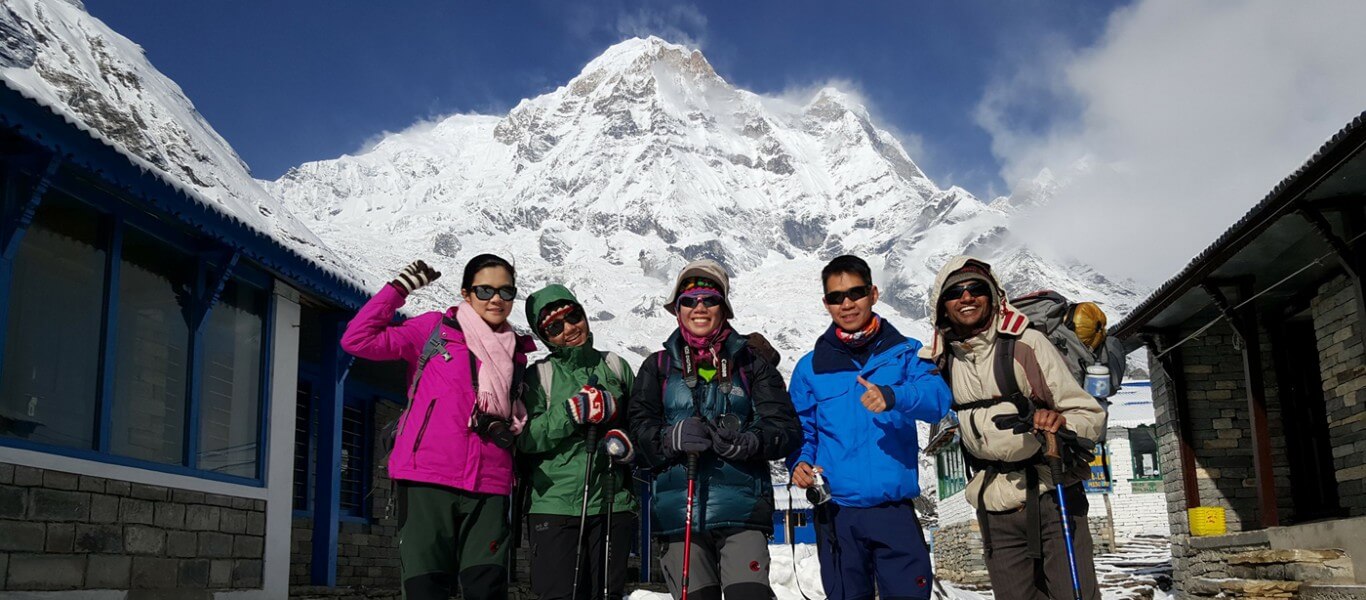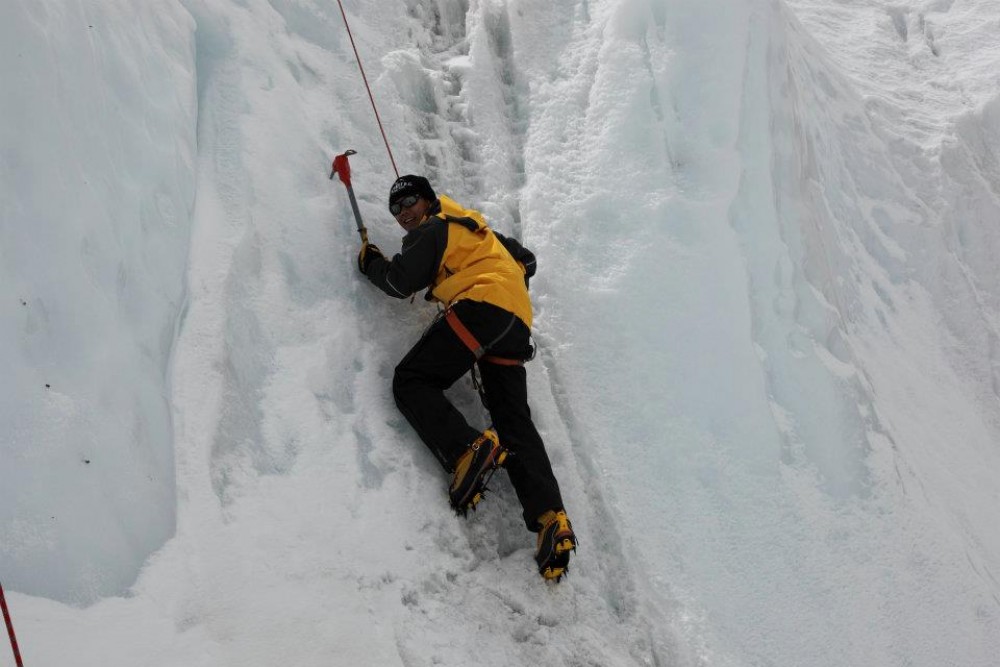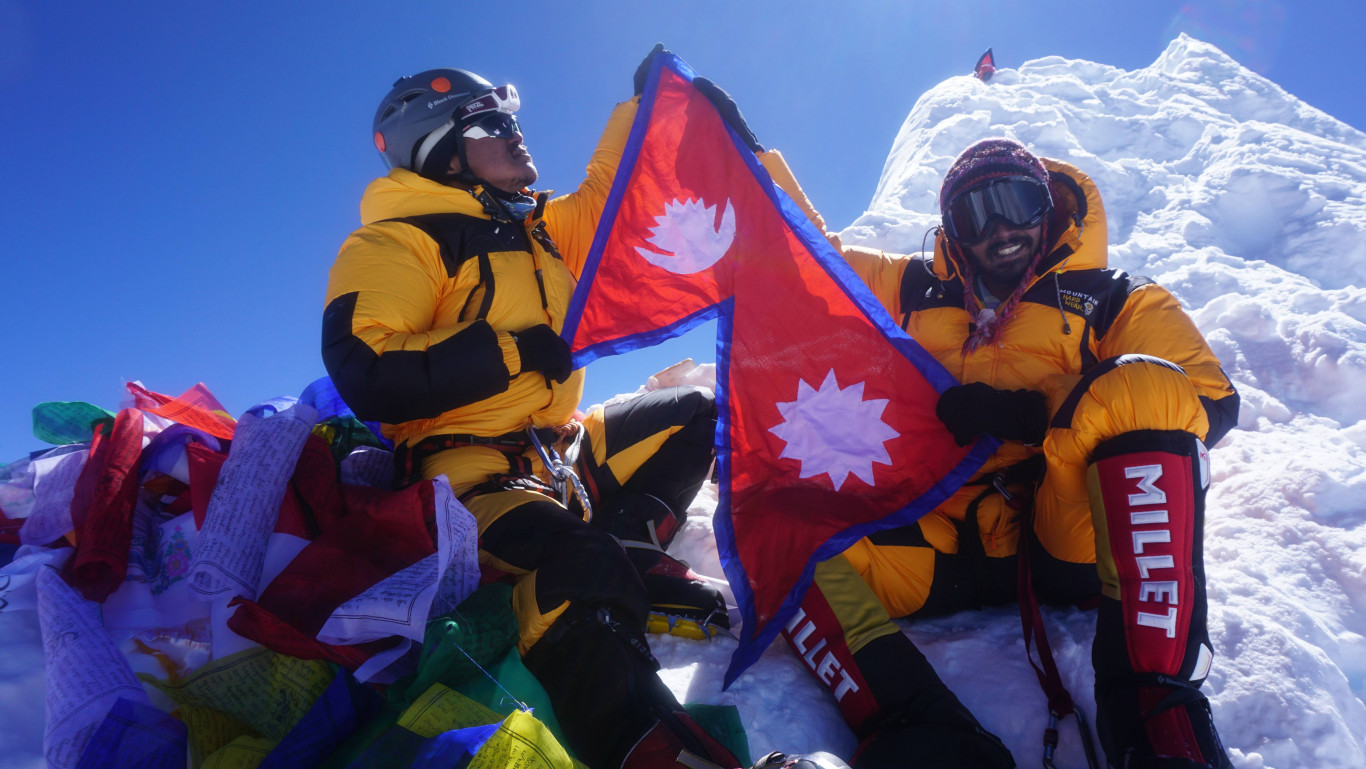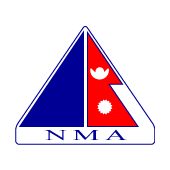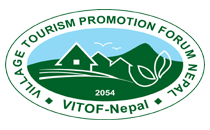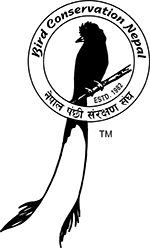Overview of Annapurna Mini Circuit Trek with Mountain Bike
Annapurna Mini Circuit Trek with Mountain is an adventurous and newly designed package in Annapurna Region. Annapurna Mini Circuit Trek with Mountain Bike is a combination of both trek and mountain bike ride.
After completing the trek upto Muktinath Temple, the holy temple of Hindu and Buddhist you will come back to Pokhara on a mountain Bike. Annapurna Mini Circuit Trek with Mountain Bike takes you to lowland villages, dense oak forests, deep gorges, lovely isolated hamlets and the lap of the mighty high mountains.
Annapurna Mini Circuit Trek with Mountain Bike gives you an experience of bothe Trekking and Mountain Biking. In this trek you can experience the wild diversity of nature and culture of Annapurna Region. You can explore the rich floras and faunas and spend quality time in the lap of nature. A part from that, this Annapurna Mini Circuit Trek with mountain biking is a kick from the busy schedThe best season to do Annapurna Circuit Trek with Mountain Bike is during spring and autumn.
These seasons guarantees the best views and good weather. Although the trek can be done during Monsoon as well but there occurs heavy rainfall which is not suitable for trekking and Mountain Bike riding. Also during winter the region gets heavy rainfall and is freezing cold so we don’t recommend trekking during this season.
Highlights of Annapurna Circuit Trek with Upper Mustang
- Short and adventurous trekking in around the Annapurna Massif.
- Adventurous Mountain Bike Ride in an exotic terrain of Annapurna Region.
- Explore the natural and cultural diversity of Annapurna Region.
- Taste the local cuisines and interact with the locals.
Best Time to trek to Annapurna Region
The best time to trek to Annapurna Region is during autumn (September- November) and Spring (March – May). Annapurna Region is beautiful throughout the year but during these seasons you get to see the most beautiful pictures of Annapurna Region. Some of the places of Annapurna Region like Upper Mustang, Muktinath, Kagbeni and Jomsom can be visited any time during the year.
Autumn in Annapurna Region
Autumn season gives you the most favorable weather for trekking with warm and dry climate. Autumn seasons falls during the months of September, October and November. Autumn season is also the season of festivals. You can feel the festival vibes everywhere while trekking in Nepal during Autumn. On the other hand you can get the best pictures while trekking Annapurna Region during Autumn Season. The trials in Annapurna region during autumn are very suitable for mountain biking.
Spring in Annapurna Region
Spring in Nepal is regarded as one of the best season for trekking and mountain climbing. Spring season occurs in Nepal in the months of March, April and May. You can have a heavenly experience trekking in Annapurna Region during spring. You can see varieties of blooming wild floras and forests blanketed with rhododendron flowers during your trials. The mountains look absolutely stunning and the temperature is warm and moderate. You can expect lots of trekkers during the trial during spring season in Annapurna region.
Summer in Annapurna Region
Summer season is not very popular season for trekking in Annapurna Region. Summer season in Nepal takes place in between the months of June to August. The monsoon seasons combines with summer in Nepal. Thus, Nepal receives a wet summer with hot temperature. Although the temperature gets cooler as you gain altitude but the trials can be affected by heavy rainfall and mudslides. However, some of the regions which lie in the rain-shadow area like Upper Mustang, Jomsom, and Muktinath can be visited throughout the year. If you love challenges and thrill then this season can be the best for you to explore Annapurna Region. In spite of the challenges you can get the best views and true colors of nature while trekking to Annapurna Region during summer. However, we do not recommend this season for mountain biking. Since, the trials are affected by rain it might be risky to chose this season for mountain biking.
Winter in Annapurna Region
Winter Season takes place in Nepal in the months of December to February. Since it is freezing cold and some of the high passes are closed in the higher altitudes due to snow this season is not recommend for trekking in Annapurna Region. However, if you want to enjoy peaceful trekking trials with fewer trekkers then you can choose this season with proper gears and clothing equipment. Despite the challenges, the winter season in Annapurna Region gives you the best view of snowcapped mountains. During winter season the Annapurna Region is extremely cold and most of the people migrate to Kathmandu and other cities. So, it is also very hard to find accommodation in this region and because of the snowfall it is also difficult to ride mountain bikes.
Accommodations
Our accommodation will be in 3 star hotels in Kathmandu and Pokhara. During the trek you will be staying in tea houses or lodges. All accommodations are on twin share basis. Single supplement rooms can be provided on request with an additional charge. Although the rooms are easily available in Kathmandu and Pokhara it is very difficult to arrange single supplement rooms during the trek. In such case Actual Adventure Pvt.Ltd will look for the best alternatives.
Meals
All meals will be provided during our Annapurna Base Camp Trek including welcome and farewell dinners in Kathmandu. The meals during our stay in Kathmandu will be provided in high class typical Nepali restaurants which serve you with delicious Nepali cuisines whereas we will have our breakfast and dinner in the tea houses/ lodges on trek. We will spend the night and lunch on our way to the next destination. We suggest you to try out the most popular local foods like Thakali food while you are trekking in Annapurna Region. The local foods are healthier and give a lot of energy during your trekking trials.
Physical condition & Requirements
The Annapurna Region trek is relatively easier than any other treks in Nepal like Everest Base Camp Trek. Anyone with sound physical fitness and who can walk up to 6-7 hours a day can easily complete the trek in Annapurna Region. Since it is Annapurna Mini Circuit Trek with Mountain Bike Riding you must know how to ride mountain bike in every terrain.
Best Time To do Annapurna Mini Circuit with Mountain Bike
Why Annapurna Mini Circuit Trek with Mountain Bike?
Annapurna Region receives a huge numbers of trekkers in Nepal. A part from trekking, mountain bike riding is also a popular activity in this region. This Annapurna Mini Circuit trek with mountain bike is a perfect trek for trekkers who want to enjoy both trek and mountain bike riding in the Annapurna Region. On the other hand it also helps to save budget and time of the trekkers and you don’t have to travel twice to a same region for two different activities.
Do I need to have any experience for this trek?
No previous trekking experience is required for any trek in Annapurna Region. But since, it is Annapurna Mini Circuit trek with mountain bike you need to be able to ride mountain bike with some knowledge about mechanics. If you have previous mountain bike riding experience it will add as a plus point for you.

